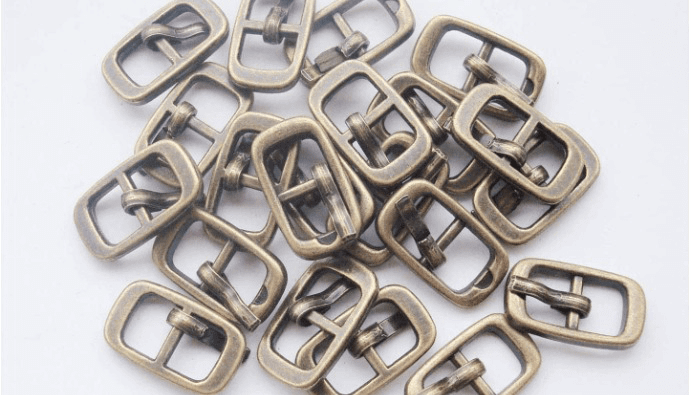
BLOG
KATEGORİDEKİ DİĞER YAZILAR

ISO 22775 is a test standard that assesses the corrosion resistance of metallic parts used in footwear accessories. This standard is applicable to the following metallic elements used in footwear design
The standard tests the corrosion behavior of metallic parts under different environmental conditions, ensuring that the footwear meets quality and durability standards.
The ISO 22775 standard includes methods for determining the corrosion resistance of shoe accessories. Accessories of shoes that are used continuously may change visually or in quality due to different factors.
Within the scope of this standard, corrosion resistance is determined by two different methods, especially metal accessories sulfide blackening and salt water corrosion. The corrosion resistance of footwear accessories is a factor affecting the visual and functional quality of the product.
Corrosion resistance tests of metallic components aim to assess whether the product retains its aesthetics and functionality over time. The main objectives of these tests are:
The test methods used in the ISO 22775 standard are designed to measure the durability of metallic components against different environmental and chemical influences.
a) Salt Spray Test: Tests the resistance of metal surfaces to the action of salt water vapor. The metallic part is placed in a cabinet sprayed with salt solution and left for a certain period of time (e.g. 24 hours). Signs of corrosion on the surface (rusting, discoloration) are evaluated.
b) Humidity and Temperature Cycles: Tests the durability of accessories in humid and hot environments. The sample is exposed to different temperature and humidity levels in a controlled environment. The oxidation and deformation of the metal surface is examined.
c) Chemical Resistance Test: Measures the resistance of metallic parts to chemicals such as detergents and sweat. Samples are brought into contact with standard chemical solutions and observed for a certain period of time. Corrosion or coating loss due to chemical action is checked.
d) Mechanical Abrasion Test: To evaluate the resistance of metal surfaces to mechanical friction and abrasion. Specimens are subjected to a friction test in a controlled environment. Coating integrity and surface damage are assessed.
After the tests are completed, evaluation is made in accordance with the following criteria:
The test results determine whether the metal part complies with standards and is suitable for use.
Nanolab Laboratories Group continues to provide services within the scope of Corrosion Resistance Testing. We also provide services in Metal Product Analysis.
Contact us for more information.
You can follow us on LinkedIn for up-to-date news and posts about our services.
Follow our Instagram account to be informed about our latest blog posts.